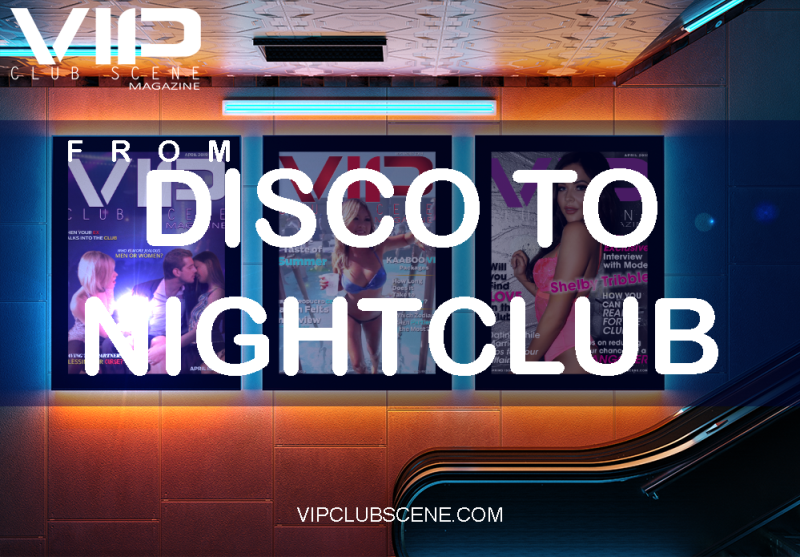FROM DISCO TO NIGHTCLUB
The 1970s, often referred to as the “Disco Era,” was a time of vibrant colors, bell-bottom pants, and, most importantly, the rise of disco music. This was an era when the big screen showcased the world of Disco with the iconic “Saturday Night Fever,” starring John Travolta, whose dance moves became emblematic of the decade. It was a time when the internet was a distant dream, confined to the realms of the armed forces, and technology was nowhere near as accessible to the public as the muscle cars that roared down the streets.
Disco, as a genre, originated in the early 1970s, drawing from funk, soul, and pop music. It was characterized by its four-on-the-floor beats, syncopated basslines, and orchestral instruments like strings and horns. Disco was more than just music; it was a cultural movement. Clubs in New York City, like Studio 54, became the epicenters of this movement, where people from all walks of life came together to dance the night away.
For many, especially those working humdrum jobs, heading to the disco after work was the highlight of their week. It was an escape, a place where they could dress up, feel their best, and lose themselves in the rhythmic beats of the music. Disco was not just about the music but also about the experience. The glistening disco balls, the wavering lights, and the zealous dance floors created an atmosphere where worries melted away, and the present moment was all that mattered.
However, as with all cultural movements, disco began to dwindle by the end of the 1970s. But the essence of the disco – the nightlife, the dancing, the camaraderie – didn’t disappear; it evolved. This is where the transition from disco to nightclub began.
According to VIP Club Scene Magazine, nightclubs have been around since the 1800s, but their modern incarnation, inspired by the disco era, began to take shape in the 1980s and 1990s. While disco was about the collective experience, nightclubs became more about individual expression. The music transitioned from disco to a range of genres, from techno to hip-hop. The venues themselves underwent a transformation. They became larger, more luxurious, and were often situated in grade-A locations, attracting not just locals but also international clientele.
Today, in the 21st century, the line between disco and nightclub might seem blurred, but the core base remains the same. People still seek that escape from the repetitiveness of daily life, a place(s) where they can let loose, dance, and be in the moment. The venues might have changed, the music might have evolved, but the spirit of the nightlife, that intoxicating blend of music, dance, and sociability, remains as vibrant as ever.
So, while the 70s might be remembered for its disco fever, the legacy of that era lives on in the nightclubs of today. The journey from disco to nightclub is a testament to the ever-evolving nature of music and culture, reminding us that while times change, the human desire to connect, celebrate, and enjoy life remains eternal.
